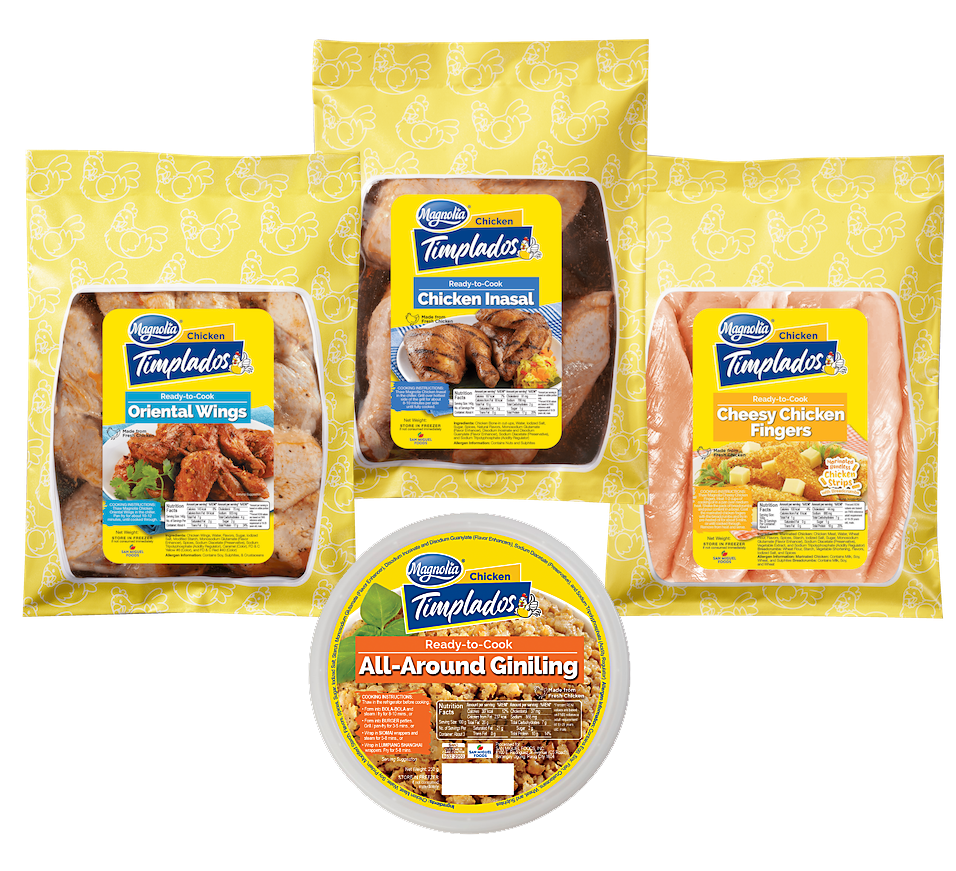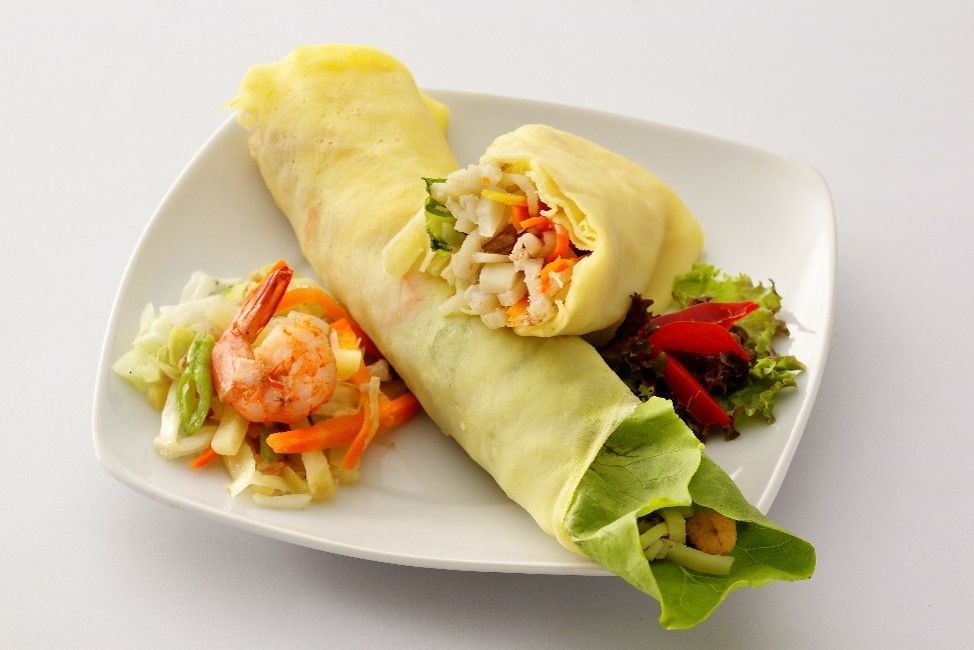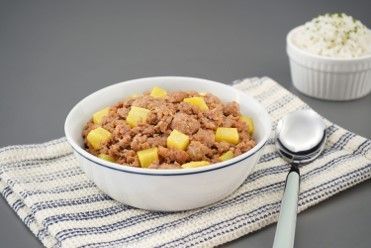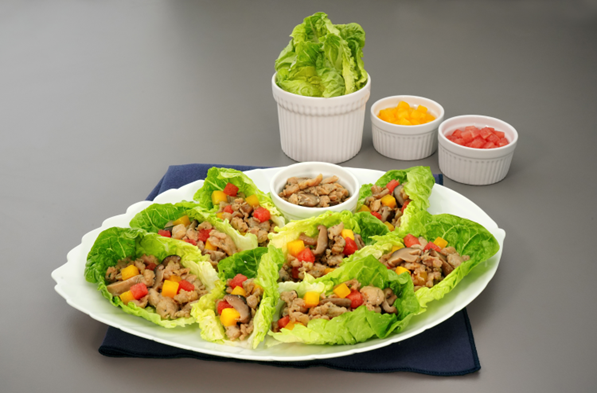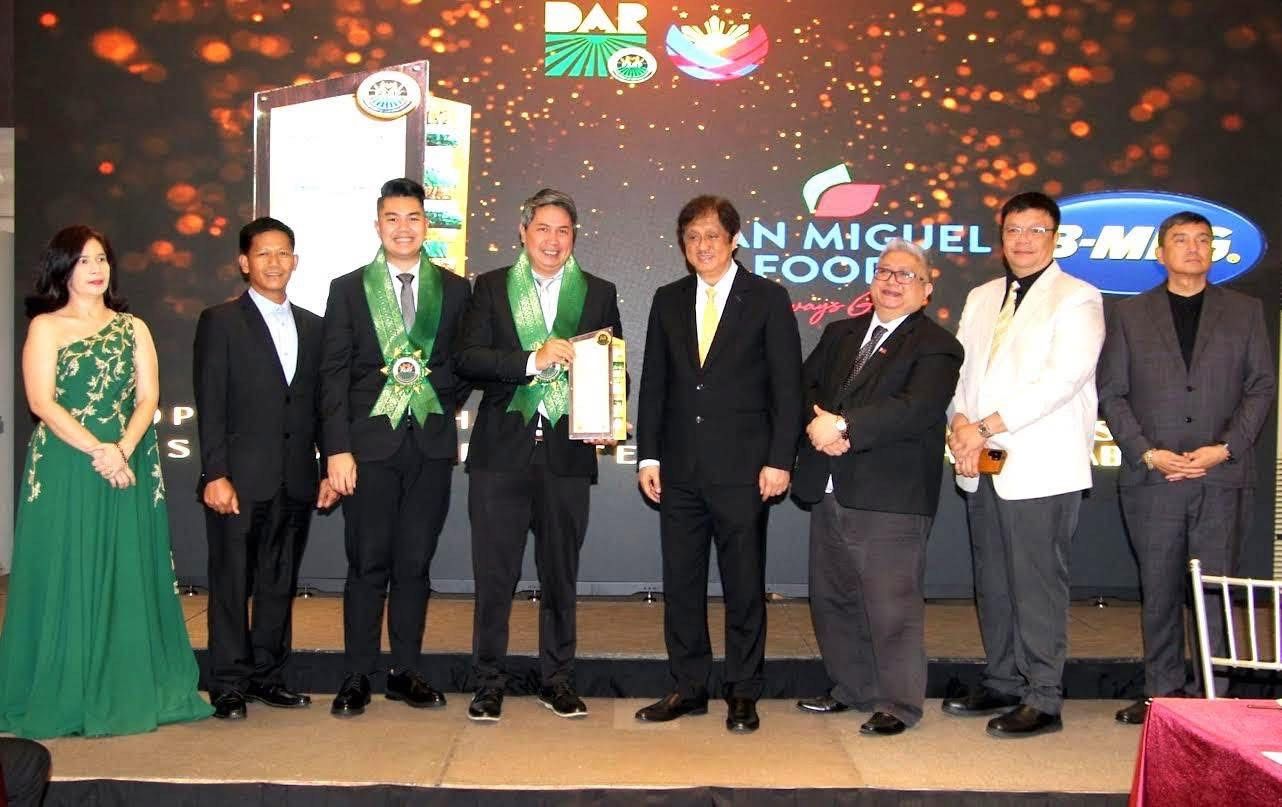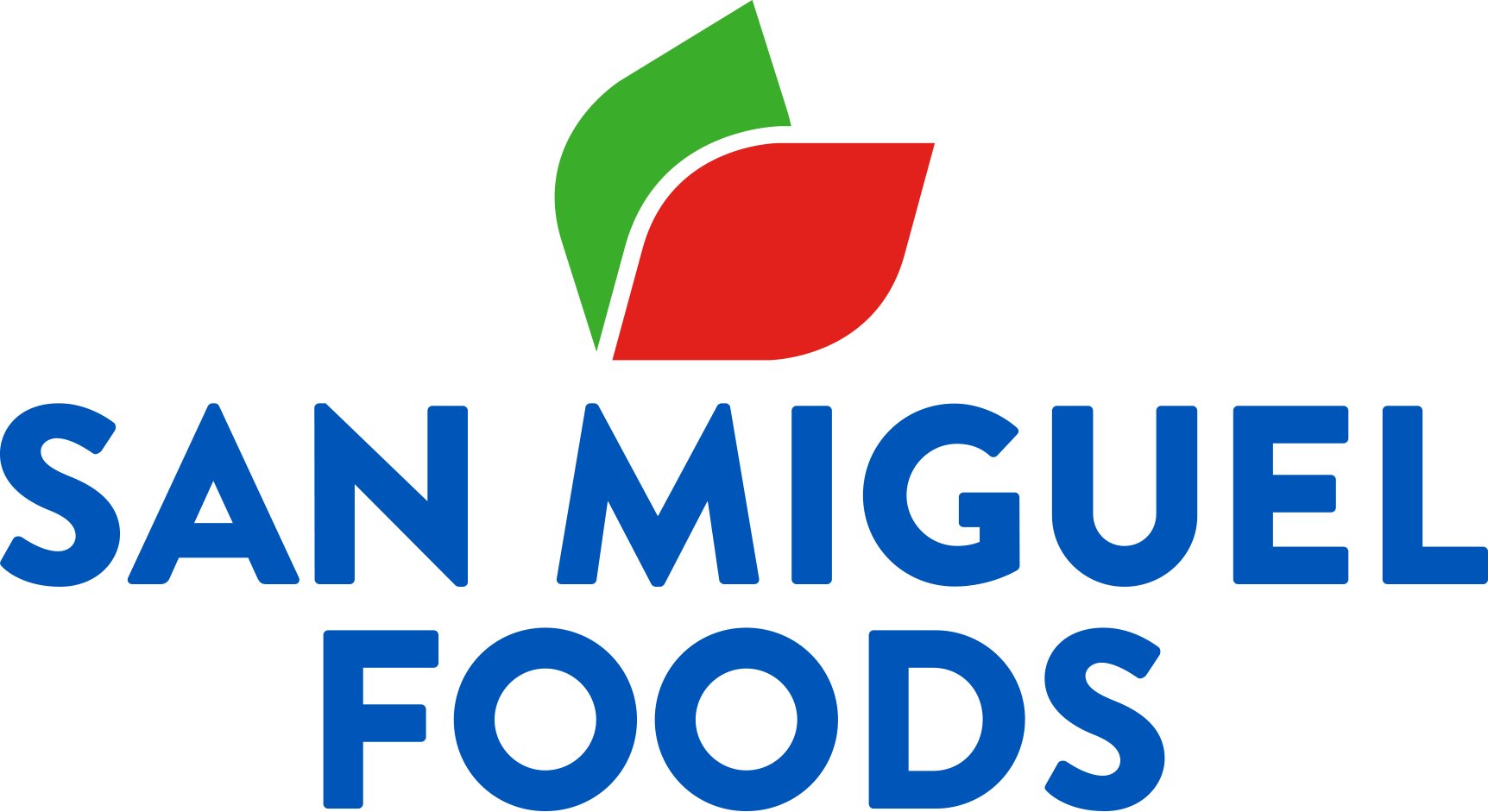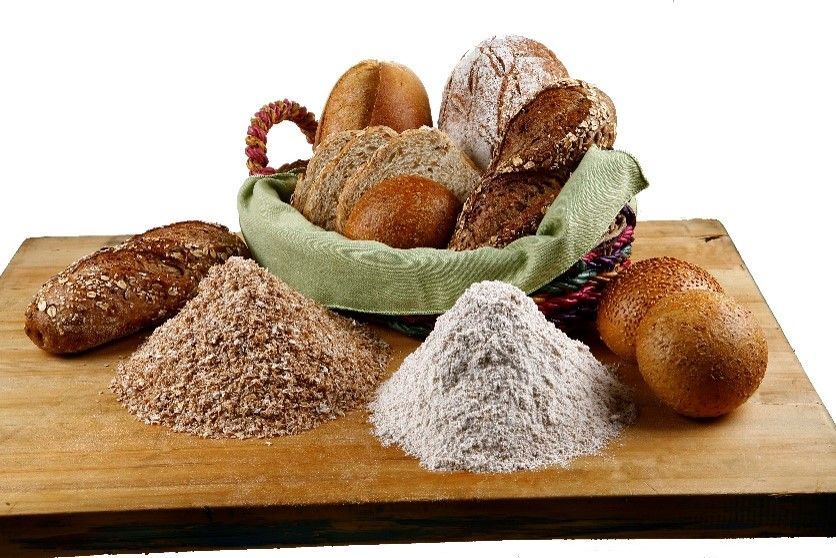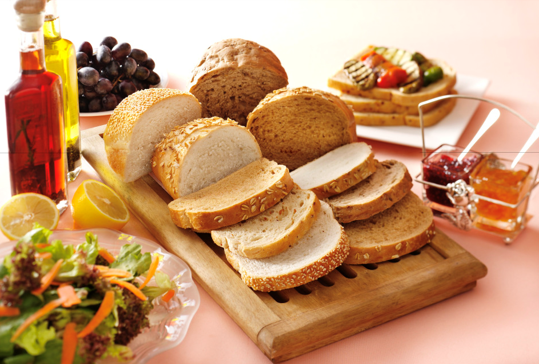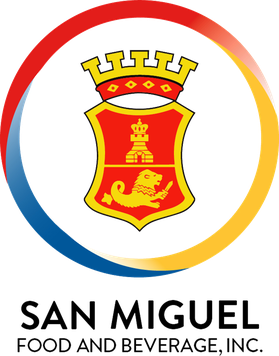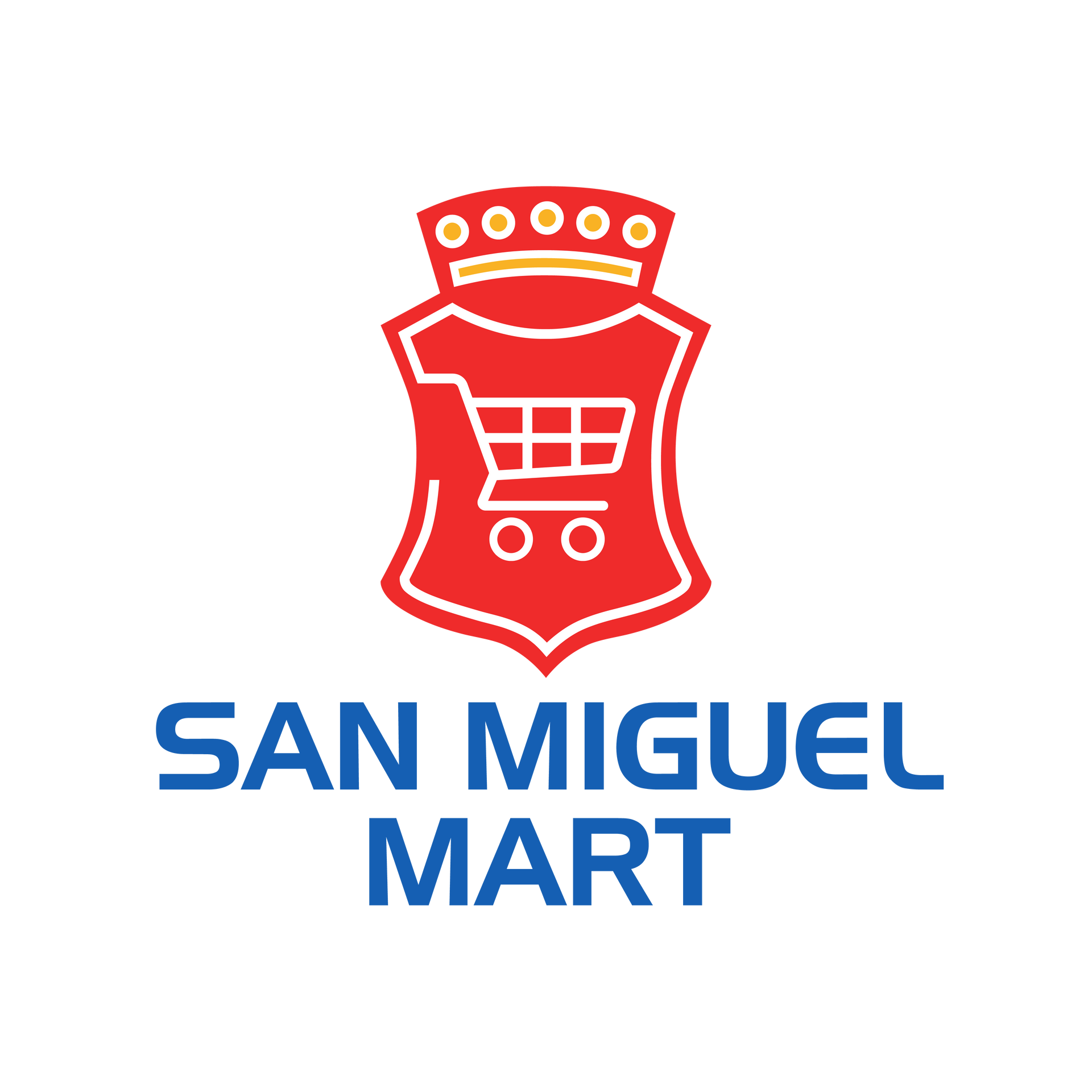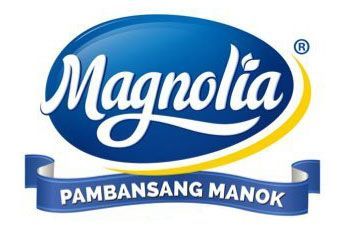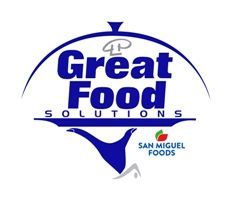The Role Of Prepackaged Foods In Fiber Nutrition
The rising concern over Non-Communicable Diseases (NCDs)- including Cardiovascular Diseases, Cancers, Chronic Respiratory Diseases, and Diabetes—puts dietary fiber into the spotlight!
What is Dietary Fiber?
Dietary Fibers, whether soluble or insoluble, are complex, healthy carbohydrates made up of indigestible parts of plants, that pass through. They are like tubes that allow liquids to move through them due to capillary action. There are two main types of dietary fiber:
Soluble Fiber
- Dissolves in water or gastro-intestinal fluids in the gut to form a gel-like substance.
- Often “prebiotic,” feeding good bacteria for a healthy gut microbiome.
- Helps reduce fat absorption, lower cholesterol, and stabilize blood sugar, which is key to preventing diabetes complications.
Insoluble fiber
- Does not dissolve in water or digestive fluids.
- Passes through the digestive tract virtually unchanged
- Prevents constipation and lowers risk of diverticular diseases such as hemorrhoids and colorectal cancer.
Fiber’s role in health
Dietary fiber plays a vital role in maintaining overall health. It:
- Regulates blood sugar and cholesterol.
- Improves digestion.
- Promotes satiety (feeling of fullness), aiding in obesity prevention.
- Lowers risks of NCDs.
A 2019 Lancet review concluded that high fiber intake reduces risk of death and chronic diseases by 15-30%. Another study by Isabella Skye & Carolina Orfila found strong evidence linking fiber intake to obesity prevention and called for further research to guide nutrient-based dietary guidelines and industrial reformulations of high fiber products.
The global and local fiber gap
Despite the clear need for dietary fiber as a nutrient, the current intake is often inadequate. In the Philippines for example, the PDRI recommended fiber intake for adults is 20-25 grams per day, but the current intake according to studies is only about 6-8 grams--30 to 40% of the recommended intake. It’s a similar story for countries like the U.S. and Canada where residents also fall short of the recommended levels—albeit a bit higher than Filipinos.
Public initiatives to promote fiber intake
In response to the growing NCDs crisis, there are several public initiatives established that could promote fiber intake:
Labeling policies
- Mandatory nutrition facts labeling (including fiber)
- Voluntary front-of-pack labeling (e.g. NutriScore, Health Star Rating, Keyhole)
Public campaigns
- “Focus on Fiber”, “Action on Fiber,” “Fruits & Veggies – More Matters”, “French Pulse & Whole Grain Campaign”, “5 A Day”.
- Local campaigns like Healthy Filipinas led by DOH and partner organizations, promoting high fiber local foods.
The Role of Prepackaged Goods
Prepackaged food can bridge the fiber gap in several ways:
- Fiber fortification: Makes high-fiber foods more accessible, shelf-stable, affordable, and practical for working and urban populations
- Product innovation: Fiber-enriched versions of staples like bread, pasta, canned goods, dairy, meat products, and beverages
- Government Partnerships: Integrating prepackaged fiber-rich products in school nutrition and community feeding programs
In 2023, the total prepackaged food market in the Philippines reached nearly
USD 17.5 billion, a
36.8% growth since 2019. With this scale and reach, prepackaged goods can serve as an effective delivery system for fiber nutrition—helping address obesity-related diseases and support national health goals.
References:
Afshin, A., et al. (2019). Health effects of dietary risks in 195 countries, 1990–2017. The Lancet, 393(10184), 1958–1972.
https://doi.org/10.1016/S0140-6736(19)30041-8
The Lancet
Reynolds, A., et al. (2019). Carbohydrate quality and human health: A series of systematic reviews and meta-analyses. The Lancet, 393(10184), 434–445.
https://doi.org/10.1016/S0140-6736(18)31809-9
The Lancet
Waddell, I. S., & Orfila, C. (2023). Dietary fiber in the prevention of obesity and obesity‐related chronic diseases: From epidemiological evidence to potential molecular mechanisms. Critical Reviews in Food Science & Nutrition, 63(27), 8752–8774.
https://doi.org/10.1080/10408398.2022.2061909
PubMed+8EBSCO OpenURL+8WJGNet+8
Department of Science and Technology – Food and Nutrition Research Institute (DOSTFNRI). (2018). Philippine Dietary Reference Intakes 2015 (Summary tables). FNRIDOST. Retrieved from
https://www.fnri.dost.gov.ph/
fda.gov.ph+7scirp.org+7facebook.com+7
Department of Health, Philippines. (2021). Karinderya Para sa Healthy Pilipinas Playbook. National Center for Health Promotion.
Department of Health, Philippines. (n.d.). Healthy Pilipinas campaign. Retrieved from
https://www.facebook.com/DOHhealthypilipinas/
business.inquirer.net+5facebook.com+5evident.ph+5


